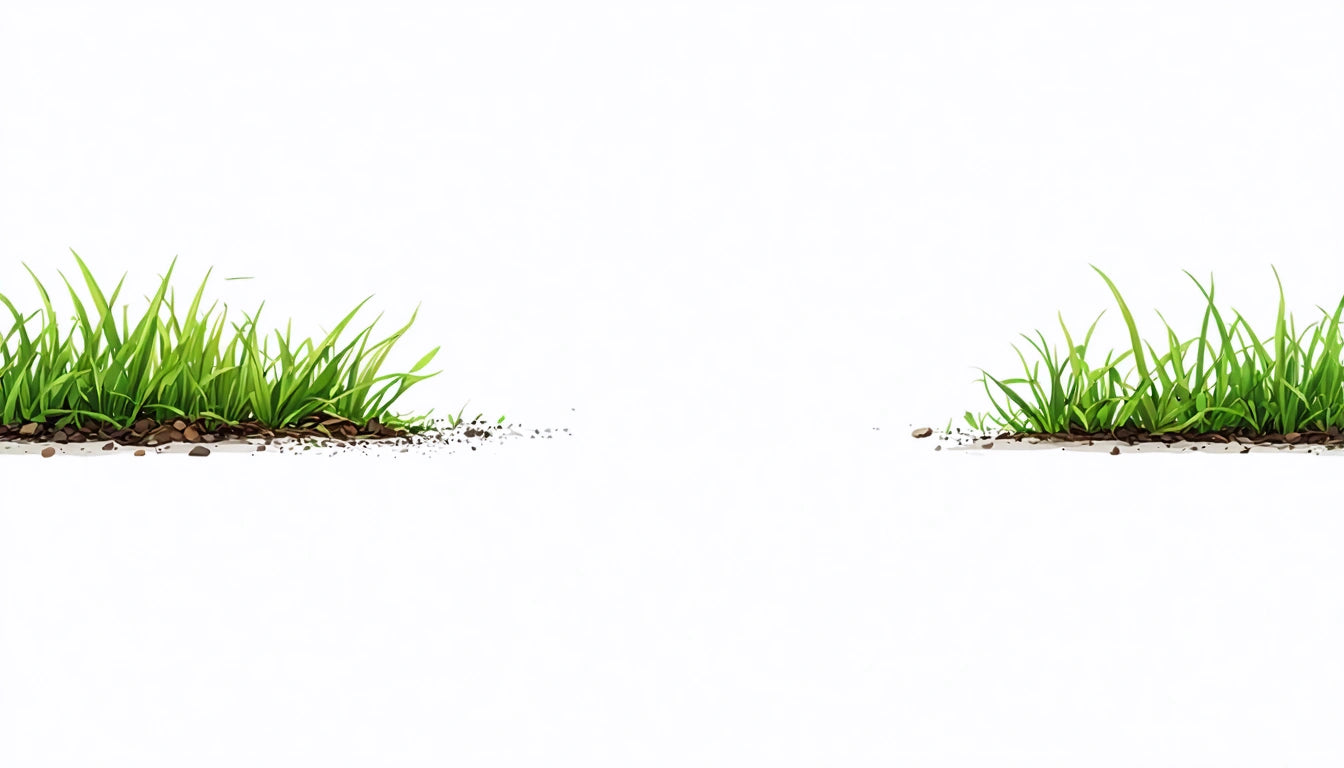Table of Contents
- Grass Seed Germination Timeline: How Long Until You See Growth
- Factors Affecting Germination Rates and Success
- Optimal Planting Seasons: When to Plant Grass Seed in Wisconsin
- Growth Potential: How Much Grass Grows From One Seed
- Reseeding Guidelines: Timing and Best Practices
- Maximizing Germination Success: Key Strategies for Healthy Lawns
Understanding Grass Seed Germination: Timing, Growth, and Best Practices
Establishing a lush, healthy lawn begins with understanding the germination process of grass seed. Whether you're starting a new lawn or overseeding an existing one, knowing how long grass seed takes to germinate and the factors that influence successful growth can make all the difference in your results.
Grass Seed Germination Timeline: How Long Until You See Growth
The question of how long till grass seeds germinate is common among homeowners and landscapers alike. Generally, most grass varieties begin sprouting within 5-30 days after planting, though this timeline varies significantly based on grass type:
- Fast-germinating varieties: Perennial ryegrass (5-10 days)
- Moderate germination: Kentucky bluegrass (14-30 days)
- Slower germination: Fine fescues (7-14 days) and tall fescues (7-12 days)
- Warm-season grasses: Bermuda (7-14 days), Zoysia (14-21 days)
Many gardeners wonder how long does it take to see grass seed grow. While initial sprouting may occur within the timeframes above, visible establishment of a lawn typically takes 6-8 weeks for cool-season grasses and 3-4 weeks for warm-season varieties once germination begins.
Factors Affecting Germination Rates and Success
How fast will grass seed germinate depends on several key environmental factors:
Soil Temperature
Different grass species have optimal soil temperature ranges for germination:
- Cool-season grasses: 50-65 °F (10-18 °C)
- Warm-season grasses: 65-70 °F (18-21 °C)
Soil temperatures outside these ranges can significantly delay how many days until grass seed sprouts.
Moisture Levels
Consistent moisture is critical during germination. Seeds need to remain damp but not waterlogged. Dry periods can halt the germination process, while overwatering can cause seeds to rot or wash away.
Seed-to-Soil Contact
Poor contact between seeds and soil significantly reduces germination rates. This is why proper seed bed preparation is essential for successful establishment.
Optimal Planting Seasons: When to Plant Grass Seed in Wisconsin
For Wisconsin residents wondering when to plant grass seed in Wisconsin, timing is crucial due to the state's distinct seasonal patterns:
Spring Planting (April-May)
Spring planting allows seeds to establish before summer heat, but weed competition can be higher. Plant when soil temperatures consistently reach 50-65 °F.
Fall Planting (Mid-August to September)
Fall is generally considered the optimal time for planting cool-season grasses in Wisconsin. Soil is warm, encouraging quick germination, while cooling air temperatures reduce stress on seedlings. Additionally, weed competition is typically lower in fall.
Similar to how cannabis seeds require specific conditions for optimal germination, grass seed also needs precise timing and environmental factors to thrive in Wisconsin's climate.
Growth Potential: How Much Grass Grows From One Seed
Many wonder how much grass grows from one seed. A single grass seed produces one plant, but that plant can develop multiple tillers (stems) and eventually form a clump or patch of grass. Over time, a single seed can grow into a plant that spreads several inches in diameter through:
- Tillering: The production of additional stems from the base of the plant
- Rhizomes: Underground stems that produce new plants (in species like Kentucky bluegrass)
- Stolons: Above-ground stems that create new plants (in varieties like Bermuda grass)
The spreading capability varies significantly by grass type. While specialized pre-roll packaging solutions help preserve product freshness in other industries, proper seed storage is equally important for maintaining grass seed viability before planting.
Reseeding Guidelines: Timing and Best Practices
For those wondering how soon can you reseed after seeding, the answer depends on the success of your initial seeding effort:
Failed Areas
If germination was poor in certain areas, you can reseed these spots immediately after identifying the problem, ideally addressing whatever caused the initial failure (poor soil contact, inadequate moisture, etc.).
Thin Areas
For areas with some germination but thin coverage, waiting 4-8 weeks after the initial seeding allows existing seedlings to establish before introducing competition from new seeds.
Seasonal Considerations
Similar to how long after pollination seeds develop in other plants, grass also has optimal seasonal windows for development. For best results in Wisconsin, complete any reseeding by early September for cool-season grasses to allow adequate establishment before winter.
Maximizing Germination Success: Key Strategies for Healthy Lawns
To ensure optimal germination rates and establish a thriving lawn, consider these essential practices:
- Soil testing and preparation: Test soil pH and nutrient levels before planting, aiming for a pH between 6.0-7.0 for most grass types.
- Proper seeding rates: Follow recommended seeding rates for your grass variety to prevent overcrowding or thin coverage.
- Mulching: A light layer of straw or seed-specific mulch helps retain moisture and protect seeds.
- Watering schedule: Keep the top inch of soil consistently moist with light, frequent watering until seedlings reach 2 inches in height.
- Traffic restriction: Limit foot and equipment traffic on newly seeded areas until the grass has been mowed at least 2-3 times.
Understanding the germination timeline helps set realistic expectations for your lawn establishment project. While some grass varieties may begin sprouting within a week, a fully established lawn typically requires 6-12 weeks of growth after germination begins.
By following these guidelines and accounting for your specific regional conditions, you can significantly improve your chances of successful grass establishment and create a vibrant, healthy lawn that enhances your landscape for years to come.











Leave a comment
All comments are moderated before being published.
This site is protected by hCaptcha and the hCaptcha Privacy Policy and Terms of Service apply.